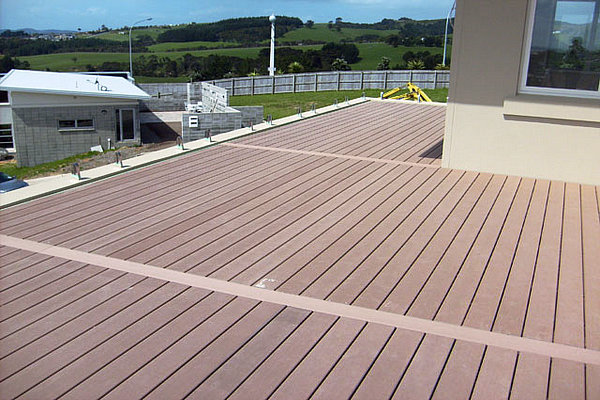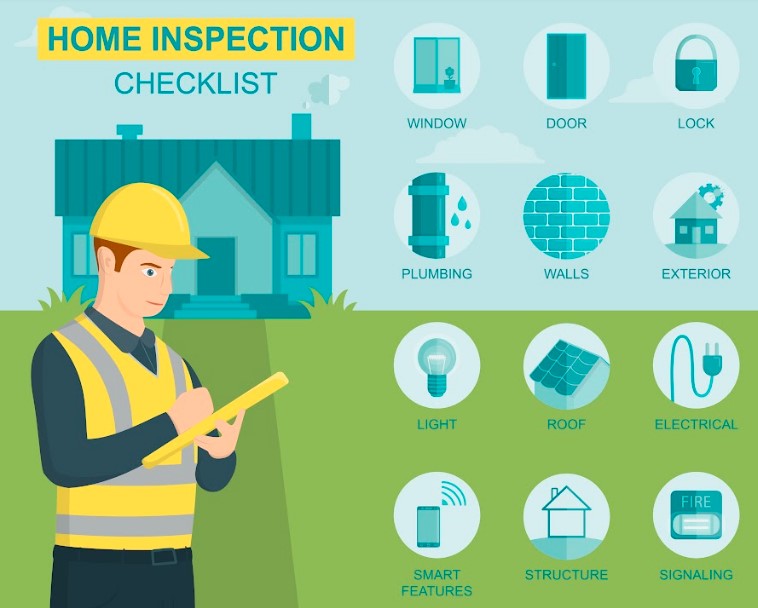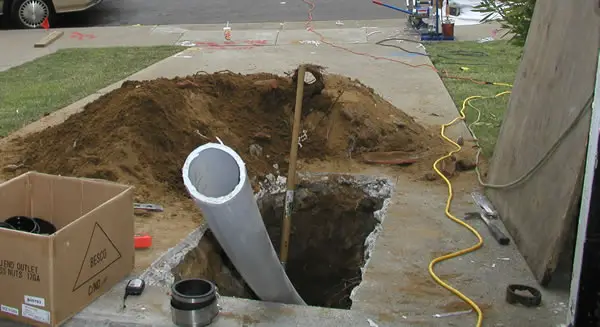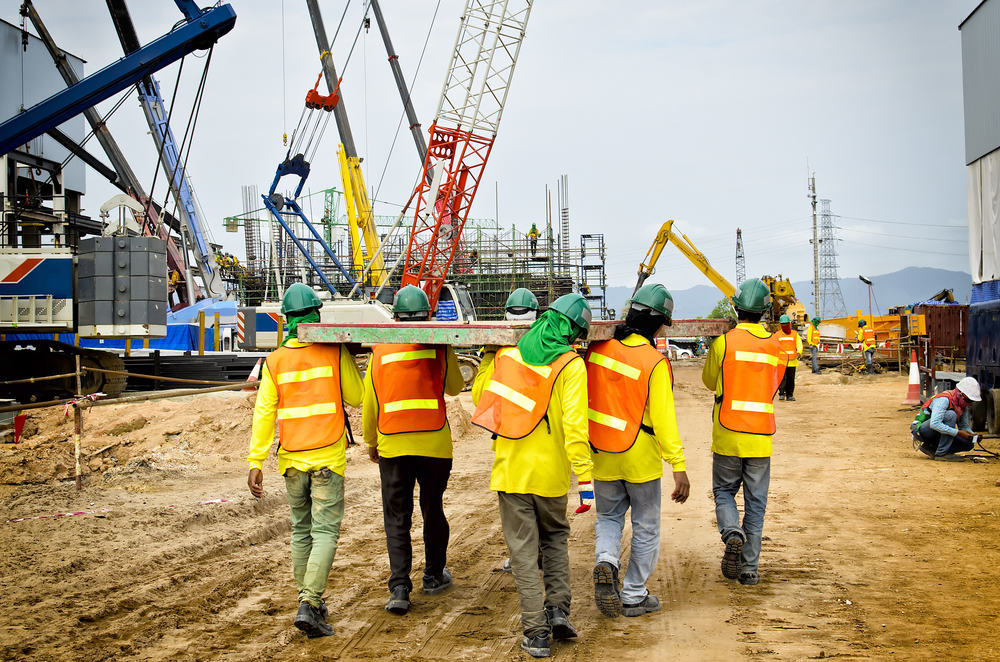Composite boards didn’t exist until a few decades back. But even if it’s relatively new, it’s popularity as a construction material has surged within the past few years. Many experts treat composites as some of the best materials you can use for various property development projects. But the question is, what makes composites more widely used now more than ever?
What are Composites?
Composites, or also called as wood-plastic composites (WPC), are materials made by using both plastic polymers and wood flours, either by extrusion or compression moulding. Materials used in making composites are often recycled.
Many companies source wood flours for wood processing plants and factories. Similarly, plastic parts of composites often come from recyclable bottles and bags. However, some companies still use new manufactured plastic polymers.
Earliest recorded experiments to create composites dates back during the 80s. The first composites were created using equal parts of polypropylene and wood chips, only used in automotive applications. However, during the late 90s, a company started producing composites using polyethene, mainly for construction purposes. Since then, many followed suit, manufacturing all sorts of construction supplies made out of composites, from boards and tables to windows and doors.
However, at that time, composites are not as refined as the ones today. Many are dissatisfied by how fast it deteriorates, such as fading and moulding. Moreover, early decking boards are not as water-resistant as the ones we use today. They are also significantly heavier than other common materials, making them difficult to transport and use for construction. But did this stop companies from producing composites?
How Is It Used Today?
Despite the many issues found on the first generations of composites, many companies still proceeded to reinvent and redesign the material. With newer technology, many manufacturers have learned how to bypass issues that were first present with early iterations of composite materials.
For instance, many discovered that using organic-based fillers and minerals improve the durability and tensile strength of composite boards. Experts also found a way to reduce the deck boards’ weight lighter, and increase its resistance to water and mould growth. And lastly, most composites today have caps along the entire surface of the deck boards, including the ends, shielding the material from fading and slips.
Today, many use composites for various construction projects. Many use it to build furniture, decorations, fencing, and cladding, But perhaps the most popular application of these materials is building composite decking.
What Do Composite Boards Have to Offer?
Composite boards have improved over the years. It’s apparent by how much growth it showed over the past few years. Many experts still forecast that its popularity will continue to soar, as people are continuously looking for high-quality and sustainable wood alternatives. But the question is, what do composite boards have to offer that other materials can’t?
First of all, homeowners and experts alike regard composites as a more environmentally-friendly option than cutting down new trees for resources. Many companies today even go as far as using 90% recycled materials for their product line-ups.
Another reason why many people may prefer composites today is its superior durability compared to wood. For instance, wooden decking boards are susceptible to a wide array of issues, such as mould growth, rotting, warping, and insect damage. Wood is also high-maintenance and short-lived. On the other hand, composite decking provides superior durability, better resistance to warping, lower-maintenance, and longer-lasting. Early versions of composite don’t look like anything that’s made today. But today, they are as beautiful, natural-looking, and timeless as real wood.
Composite boards, like any other materials, do have some drawbacks. One of the many reasons why many people still hesitate to use composites is because of its high initial cost. However, many experts and homeowners agree that any added price is worth it due to its many advantages. Another issue with composites is that they are not designed to be painted, which can be an issue if you intend to recolour your deck, fence, cladding, or walls every few years.
Why Is It Perfect for Property Development?
As composites became more popular, many property developers began using them for their projects. But what makes them the superior choice, despite their higher initial cost? And even if you’re not a property developer, why should you use it?
Building long-lasting decks can also increase kerb appeal. According to many surveys, more people in the UK are now looking for homes with outdoor spaces. The demand for such a feature has grown significantly over the years. More people desiring more livable outdoor space, in turn, increased the demand for landscaping and hardscaping services. Increasing the kerb appeal is crucial in property development. Better kerb appeal translates to a better probability of selling or leasing a property at a lucrative price, which is the main goal in property development.
Not only does it add appeal to a property, but creating beautiful outdoor spaces also increases the value of a property, even in paper. They are excellent investments, even if you are not a property developer. For instance, adding a deck in the backyard yields around 70% to 80% return on investment. That’s significantly higher than other home improvement projects you might have considered doing.
Today, many property developers use composite boards, not only for their superior quality but for their added value as well. Whether you’re into real estate or not, no doubt using wood-plastic composites is an excellent option for building decks, fences, and sliding. Why? People all over the world continue to enjoy and benefit by using it.






